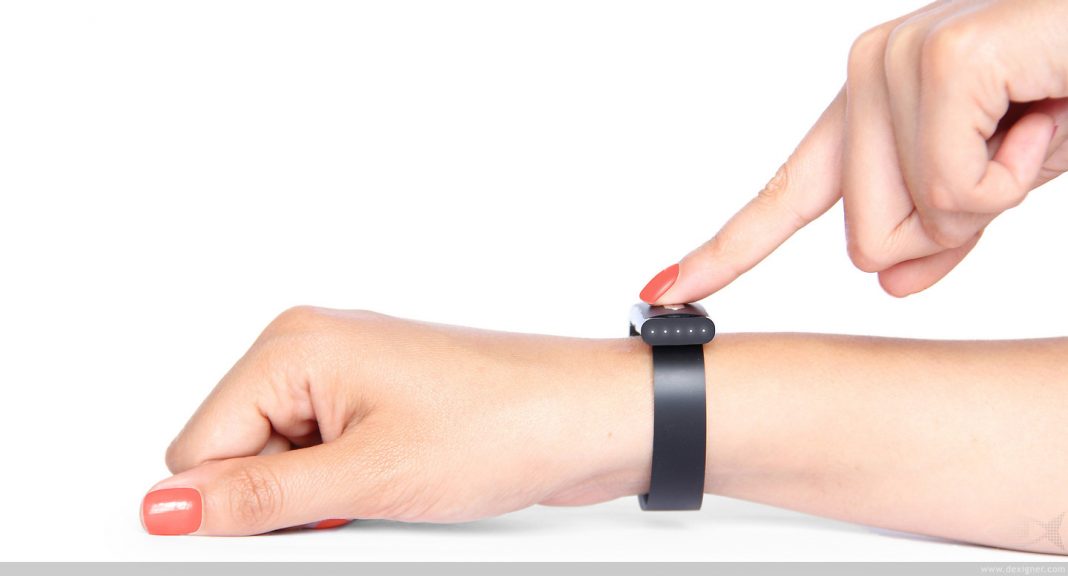Polar enters activity tracker market
More and more companies understand the potential of new innovative wearables for their portfolio. Fitness company Polar, known for it‘s heart-rate measurement products, has recently introduced it‘s first activity tracker. The waterproof wristband called Loop counts steps, calories and comes with an activity guide that helps users reach their activity goals through walking, running or swimming. Looking similar to Nike‘s fuelband, the device syncs via Bluetooth Smart to iPhones and comes with a web service called Polar Flow for advanced actitvity analysis. Using an optional heart-rate strap Polar‘s app also offers heart-rate guidance, a feature we haven‘t seen with other trackers before. According to Polar the Loop will be available in October 2013.
What apps to expect from wearables?
In a recent article, Technology Review has discussed what kind of apps will run on wearable devices like smartwatches. While it makes a lot of sense for companies like Runkeeper to integrate their apps into wearables like Pebble or Samsungs‘s Galaxy Gear, it‘s less obvious what productivity apps like Everenote or Pocket could offer on these new devices. Pocket, a reading list for articles and videos that can be shared over all devices has developed an app for the Galaxy Gear, that reads the articles, based on android‘s text to speech features. This twist in the way information is presented to the users might be the right strategy to take advantage of the new device category. As the capabilities of smartwatches and other wearables will improve in the future, new apps will redefine the way users interact with information. Particularly since upcoming smartwatch generations will be equipped with more and more sensors, giving way to a huge potential for mobile health and fitness apps.
Jawbone Orchestra and the connected life
One solution showing how wearables can be incorporated in our surroundings was recently announced as one of the finalist of Jawbone‘s Connect Up Design contest. The iPad app Orchestra syncs your alarms from the Jawbone Up with connected home solutions like the Philips HUE lighting system or Nest‘s smart thermostats. This integration allows setting a smart alarm for your Up wristband and enhancing it with a wake up light based on connected light bulbs while simultaneously heating up your rooms, for a better start into the day. For Jawbone which has recently opened their API to the public, apps like Orchetra deliver great additional value to its ecosystem. The video below shows how Orchestra envisions connected devices and surroundings working together based on human‘s circadial rhythms and needs.
http://www.youtube.com/watch?v=YIvigRcl1rY&feature=player_embedded
Heartbeats might be the next password
As more and more private and work related data is stored on computers or in the cloud, controlling acces to our digital devices becomes increasingly important. Apple was the first company to succeed in rolling out biometric access control to the masses with a fingerprint reader in the iPhone 5S. Now the Canadian startup Bionym has announced a solution that measures heart-rate to control connected devices. The bracelet called Nymi, described as the first wearable authentication technology, allows users to take control of their identity through cardiac rhythm recognition. Not only does Bionym want to apply this new technology to replace passwords, but also to grant access to cars and other connected products. The Nymi bracelet can be pre-ordered for $79 on the company’s website. We are excited to see wearables offering new opportunities for data protection and access control and have named the Nymi our “Gadget of the Month”.
Image: Bionym












